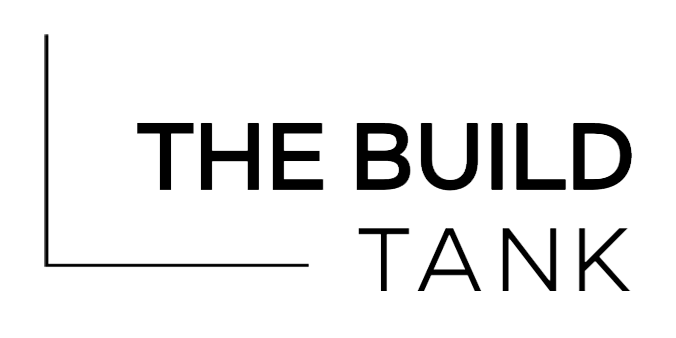Everyone Likes to Geek Out On Something
There is a divide. We call it the gold/blue divide. And it’s really important.
Some people (namely the product team, which we informally refer to as the blue team) love to geek out on building, improving, and optimizing the living stuffing out of a tool. Give them a problem or an issue with the system, and they love to dig into it, craft some options for how to solve it, compare money and timeline implications, and laser in on the strategic costs and benefits of the possible paths ahead.
Other people (the gold team, informally) would much prefer to spend their time using that tool in service of the strategic objectives of their work — be it programs, fundraising, communications, or anything else. They know the tools are critically important for them to deliver on their work. And they are the de facto experts in what is working with the tool, what needs to be fixed, and what new features might supercharge what they're trying to accomplish. But they have little to no interest in spending hours with developers and designers or working through detailed underlying complexities. They have ideas and strategic direction and they'd love for someone they trust to figure out the how of it.
It’s rare that the same person has the same appetite for both sides of the divide, but it’s excessively common for a person to be assigned to both sides. Management thinks, figure out how to email and then email, it makes sense to put those two things together! But does it? One is developing technology systems, and the other is writing compelling copy for a particular audience. What incredibly distinct skillsets they require.
These are both critically important roles and they must work together harmoniously in order for a product or system to be created and maintained at a high level. When we default to giving someone the full spectrum of both duties — which is the inevitable result without a defined distributed ownership structure — we're setting that person up to fail on one or both sides of the equation.
A great gold team tool user is passionate about the work being accomplished using the tool and constantly paying attention to ways it can be improved. A great blue team tool optimizer is driven to improve the tool to help her gold team counterparts grasp opportunities for greater efficiency or impact.
So that's the key underlying principle of the distributed ownership model: let people focus on their areas of interest and expertise. Let people geek out — productively — on the piece of the puzzle where they can make the most impact. And give people on both sides the trusted allies they need to move the ball forward.
When work is fun for the staff-person and productive for the organization, everyone benefits and you start to see the real superpowers emerge.
